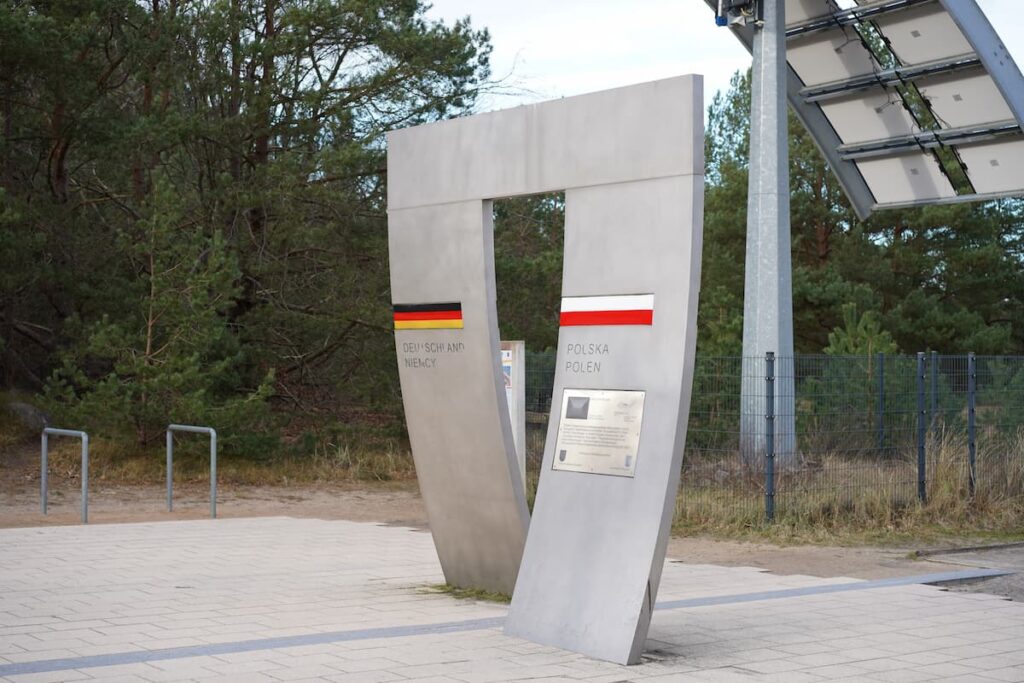Strategic Unity at the Polish-Belarusian Frontier
Germany has reaffirmed its support for Poland’s border security efforts amid growing tensions along the Polish-Belarusian frontier. During a joint visit to the region, Germany’s Interior Minister praised the measures implemented by Polish authorities, highlighting the operational effectiveness of their external border protection systems.
Poland has reinforced its eastern border with a high steel barrier and advanced surveillance technologies in response to increasing pressure from irregular migration. Polish officials attribute the surge in attempted crossings to orchestrated moves by Belarus and Russia, aimed at destabilizing not only Poland but the wider European Union.
These concerns are not new. Years ago, Poland introduced emergency measures and infrastructure projects to contain the flow of migrants. The current government has expanded these efforts, positioning the fortified border as a key line of defense for the entire EU.
Migration as a Geopolitical Weapon
German and Polish authorities have expressed growing alarm over the use of migration as a deliberate tool by authoritarian regimes. According to both governments, the tactic seeks to exploit humanitarian corridors in order to generate political pressure within EU member states.
To address this challenge, the Polish parliament recently extended the suspension of asylum applications originating from Belarus. This decision allows Polish border forces to deny processing for up to 60 days at a time. Though the policy has drawn criticism from human rights groups, Polish officials argue it is necessary to maintain national security.
Germany has echoed these concerns, pointing out that such hybrid tactics endanger the cohesion and stability of the Schengen zone. German leaders have stressed that Poland’s actions play a vital role in shielding the EU’s external borders from manipulation.
Temporary Internal Controls Stir Debate
Despite their cooperation, tensions have surfaced between the two countries over internal EU border management. Earlier this month, Poland introduced temporary checks on its borders with Germany and Lithuania. Warsaw claimed this was a precautionary measure to prevent the re-entry of migrants who had initially arrived in Western Europe.
Germany had implemented its own border controls starting two years ago, focusing on human trafficking and unauthorized entry. Under current directives from Chancellor Friedrich Merz, German border police have increased in number and have been authorized to turn away certain asylum seekers.
Although both countries are members of the Schengen Area, which typically allows for free movement, EU rules permit temporary controls in situations involving serious threats. Poland and Germany have clarified that these mutual checks are not permanent and that their shared goal is to remove them once external border conditions stabilize.
A Partnership Shaped by Security Needs
The evolving border situation underscores the complex relationship between national sovereignty and regional integration. Germany and Poland, who share a 467-kilometer border, are working closely to align their internal and external migration policies. Despite differing tactical decisions, both countries remain committed to protecting the EU from external threats.
Officials from both sides emphasized that cooperation, not isolation, is the long-term strategy. They underscored the importance of fortifying EU borders while maintaining the fundamental principles of the Schengen zone. The temporary nature of internal checks is seen as a necessary compromise in an era of unpredictable threats.
The coordinated approach marks a shift toward greater defense of European borders, not only through infrastructure but also through diplomatic alignment. As migration continues to be weaponized in geopolitical conflicts, partnerships like the one between Poland and Germany are becoming essential to the EU’s strategic posture.



